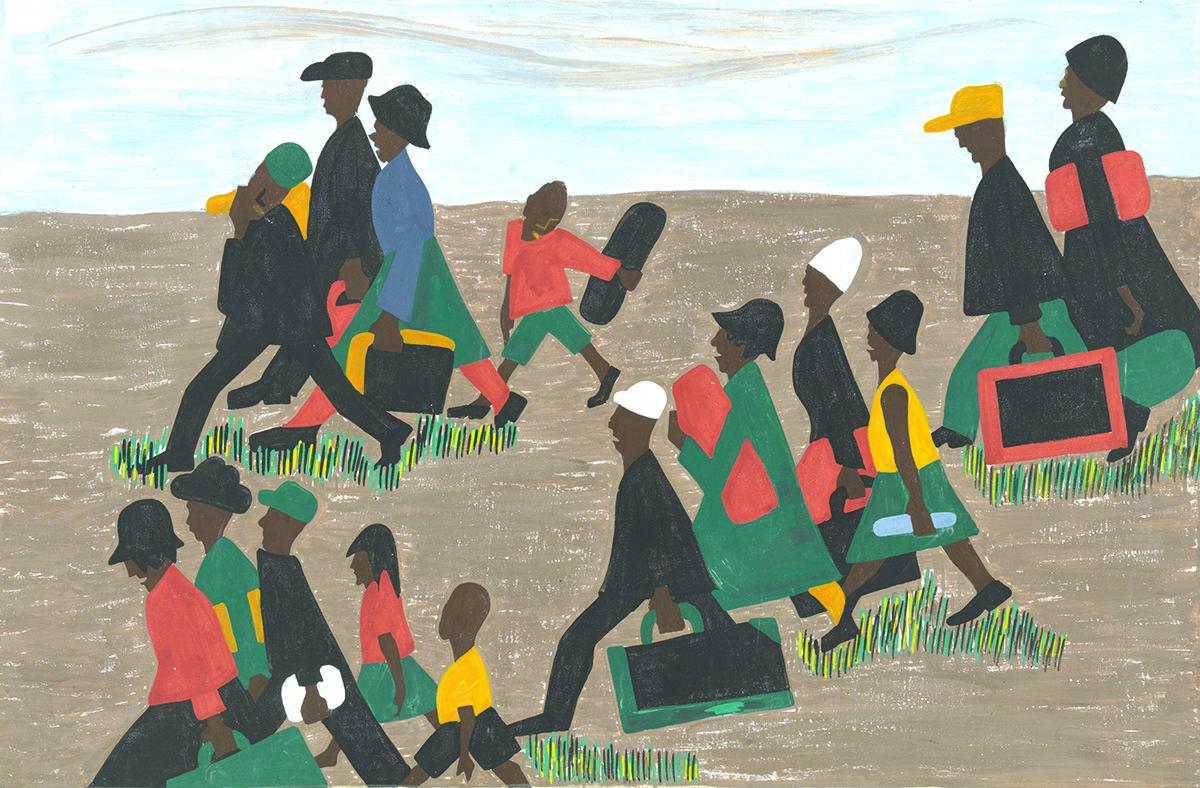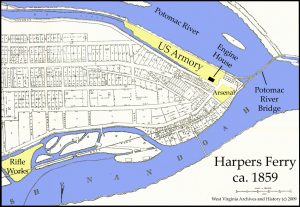I am a 32-year-old white male. Both of my parents were white. As a child, I remember being rocked to sleep by a negro woman when I had nightmares. I also played with her first son who was about my age. But today, I sold him. That’s how things are here. I saw my father do it, my grandfather, and now, my brothers and me.
This short piece I have authored above is similar to an excerpt from one of the class readings. After reading that portion of the essay, I wondered to myself…
How did slavery survive for more than a century given that black women took care of white children and of course, formed strong bonds with the women over the years? Looking at this question on the surface, one would think that the white children who had been nurtured by black women would grow up and then abolish slavery; that they would treat black people with love and respect. But of course, this was not the case.
White children grew up to understand that slavery was part of the economy, it ran as an institution in the United States. Many white people inherited slaves from their parents, others understood that they had to either rent or buy slaves in order to acquire labour for their plantations, have a name in the society, or live comfortably. For slave societies, every sector of the economy depended on and benefited directly from slavery. For example, the banks accepted slaves as collateral for bank loans, insurance companies insured slaves as property and exports of cash crops like sugar and cotton depended heavily on slave labour.
Black women understood their place as well. They understood that the children they nursed might one day, own them or sell them or whip them. They understood that regardless of the level of intimacy they shared with the children, they were mere property – a means to an end. Society had determined their fate and the change did not lie in the children they carried in their arms.
The system itself was faulty. Many parties (sectors of the economy) were involved and intangible forces like race and history played vital roles.
Not even the bond that black women develop with white children could change how these white children treated black people when they grew up. Everyone’s place in the society has long been predetermined and nothing changed it. The white person – the slaveholder and the negro –the slave. No white person or negro was left out.


